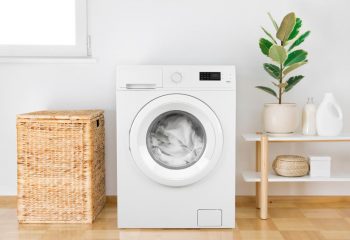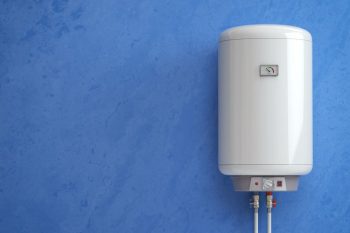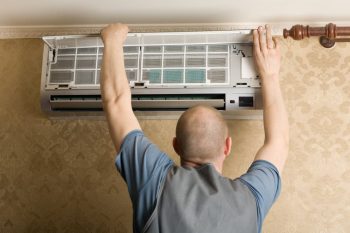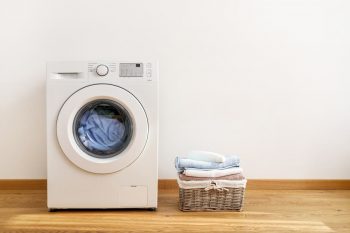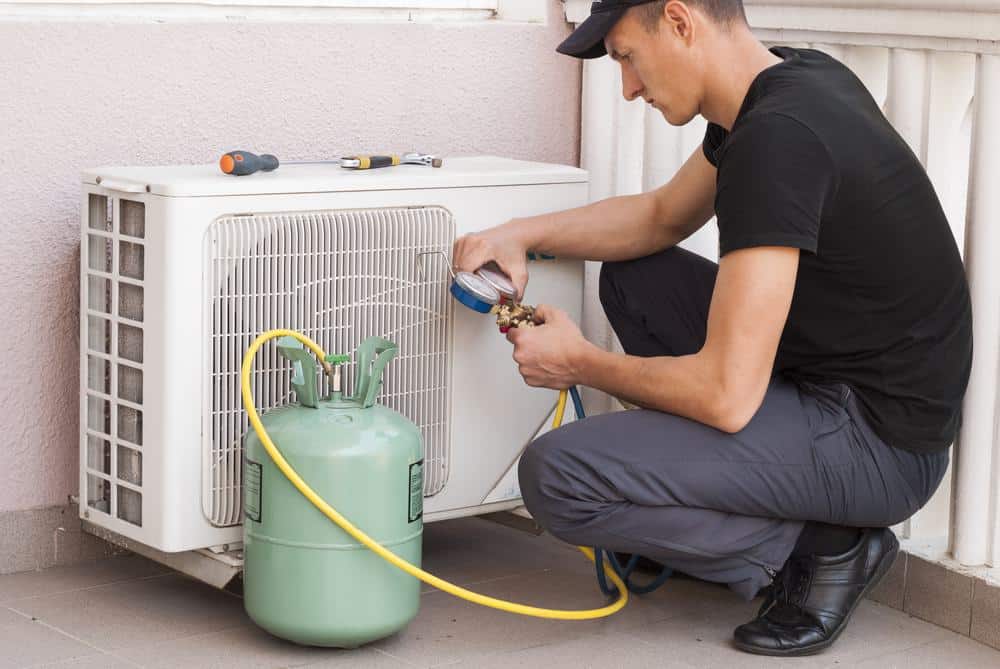
In this comprehensive guide, we will take you through the process of testing your Air Conditioning (AC) system. Proper maintenance and regular testing of your AC system can improve its efficiency, prolong its lifespan, and save you money on energy bills and costly repairs. So, let’s get started.
To test an AC system, you will need specific tools such as an AC manifold gauge set, vacuum pump, refrigerant recovery machine, and leak detectors. Start by turning on the AC and setting the thermostat slightly below room temperature. Check the airflow and temperature, then clean filters and coils. Next, perform a leak test and check the system’s efficiency by running it for at least 15 minutes on an 80-degree day. Finally, perform a performance test by noting the pressures, ambient temperature, and humidity. If you’re unsure, consider hiring a professional HVAC technician.
Signs Your AC System Needs Testing
You may need to test your AC system if you notice any of the following signs:
- The AC is running constantly or not turning on at all.
- No cool air or hot air is blowing out.
- There’s a refrigerant or water leakage.
- The airflow from the vents is weak.
- There are unusual noises coming from the AC unit.
- Ice is forming on refrigerant lines or condensation on the vents.
- The system is cycling rapidly (turning on and off frequently).
- Your energy bills are higher than normal without increased usage.
- Cooling is uneven in different parts of your home.
- There’s oily residue on or around hoses that attach AC components together, indicating a refrigerant leak.
If you notice any of these signs, it’s time to test your AC system or consult a professional for further inspection and repairs.
Essential Tools for Testing an AC System
Testing an AC system requires specific tools and equipment. Here are some of the most common ones:
- AC manifold gauge sets: These are used to measure the pressure of the refrigerant in the system, helping diagnose issues related to refrigerant levels.
- Vacuum pumps: These are used to remove air and moisture from the system before charging it with refrigerant.
- Refrigerant recovery machines: These are used to extract refrigerant from the system for recycling or disposal.
- Refrigerant scales: These are used to measure the amount of refrigerant being added or removed from the system.
- Leak detectors: Both dye-based and sensor-based leak detectors help identify refrigerant leaks in the system.
- AC charging hoses: These connect the manifold gauge set to the system for charging or testing.
- Electronic micron vacuum gauges: These measure the vacuum level in the system during evacuation.
- HVAC multimeters and clamp meters: These measure electrical parameters such as voltage, current, and resistance in the system.
- Recovery tanks: These store recovered refrigerant.
- Air velocity meters and CFM anemometers: These measure airflow in the system.
- Thermometers: Various types, including laser thermometers and probe thermometers, measure temperature in different parts of the system.
Remember to choose high-quality tools from reputable brands to ensure accurate and reliable measurements.
Steps to Test an AC System
Testing an AC system involves several steps designed to ensure its optimal performance, efficiency, and safety. Here are the main steps in the process:
- Preliminary stages: Before testing, locate the specific ducts and components that need to be tested.
- Turn on the AC and set the thermostat: Set the thermostat slightly below the room temperature to get the AC running for the test.
- Check the airflow and temperature: Measure the initial airflow and the change in enthalpy across the coil. Place a thermometer on the supply register for at least five minutes, then compare the temperature to the return vent.
- Clean filters and coils: Before checking the charge on the system, clean the filters, coils, and blower. Dirty components can affect the accuracy of the test.
- Perform a leak test: Use an electronic leak detector or a nitrogen purge test to detect refrigerant leaks in the system.
- Check the system’s efficiency: Test the AC unit’s efficiency by running it for at least 15 minutes on an 80-degree (or hotter) day. Evaluate the performance of the system’s temperature and humidity control, ensuring it is energy-efficient and filled with the correct level of refrigerants.
- Perform a performance test: Follow the guidelines provided in service publications to run a performance test on the system, noting the pressures, ambient temperature, and humidity.
By following these steps, you can effectively test an AC system and ensure it is functioning optimally and efficiently. If you’re not comfortable performing these tests yourself, consider hiring a professional HVAC technician.
Conclusion
Regular testing and maintenance of your AC system can significantly improve its performance, extend its lifespan, and save you money on energy bills and costly repairs. By familiarizing yourself with the process and the necessary tools, you can ensure your AC system remains in peak condition. Remember, it’s always best to consult a professional if you’re unsure about any aspect of AC system testing and maintenance.
Frequently Asked Questions
How often should I test my AC system?
It’s recommended to test your AC system at least once a year, ideally before the hot season starts. This will ensure that your system is running efficiently and can handle the demands of the hot weather.
Can I perform these tests myself or do I need a professional?
While some basic tests can be performed by homeowners, such as checking the airflow and temperature or cleaning filters and coils, others like leak tests or performance tests may require professional equipment and expertise. If you’re not comfortable with performing these tests yourself, it’s best to hire a professional HVAC technician.
What should I do if I detect a refrigerant leak?
If you detect a refrigerant leak, it’s essential to address it immediately as it can reduce the efficiency of your AC system and may be harmful to the environment. Contact a professional HVAC technician to fix the leak and refill the refrigerant in your system.
What is the ideal temperature to set my thermostat to during the test?
When testing your AC system, set your thermostat slightly below the current room temperature. This will ensure that the AC unit is running during the test. The actual temperature setting can depend on your comfort level and the current weather conditions.
What can cause uneven cooling in different parts of my home?
Uneven cooling can be caused by several factors, including blocked vents, duct leaks, dirty filters, or an improperly sized AC system. It’s best to have a professional HVAC technician inspect your system if you’re experiencing uneven cooling.

